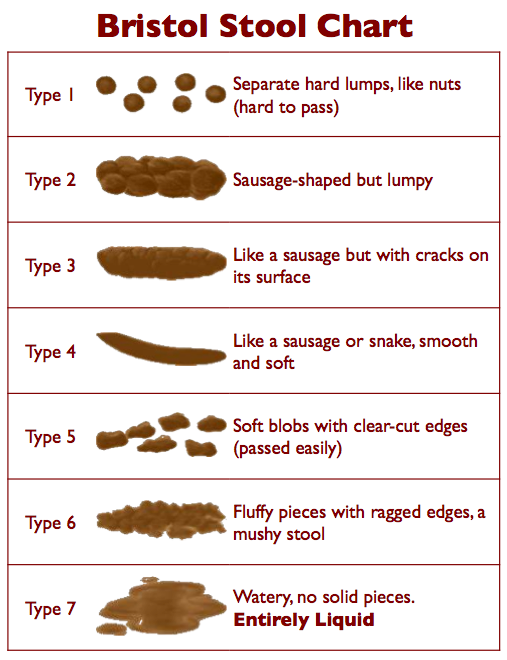The SCD Diet and Poop: It’s Time to Talk About It

As with all things in life, it is extremely important to have something to measure yourself against to find out where you are in relation to where you want to be. Poop is no exception. In fact, poop is something everyone is always so scared and embarrassed to talk about… but it is the number one indicator of how well our bodies are functioning inside.
So, Let’s Talk About Poop
If you’re on this site, you’re probably really good at pooping and have wisdom beyond your years on the ins and outs of a good poop. Sometimes, you probably even celebrate and think about getting the camera when you have a memorable “normal” poop. My wife never thinks it’s funny when I yell, “Honey get the camera” and I don’t have the heart to tell her I’m serious…
I am right there with you, it’s a constant struggle to please the digestive system and a nice amazing poop is your reward. We all remember how sick we were and that one time in the grocery store when it was coming and it was coming now no matter what… that’s why those small victories are like standing on the podium at the Olympics with the gold medal around your neck. All those years on the SCD diet, taking vitamins and probiotics (training) resulted in the big win!
Ok, so what really is a “normal” poop and how do you know what’s going on inside? How often are you supposed to go? Well, the usual “it depends” is the answer you normally hear with this one. Everyone is different… and everyone’s level of digestive health is different.
A man by the name of Heaton, at the University of Bristol, developed the Bristol Stool Chart just so we could all finally have something to measure the output of our systems to. Most of the research out there suggests that in a perfectly running digestive system, every meal in should equal a good normal poop out… so roughly three a day. Again, everyone is different.
The Bristol Stool Chart gives you a breakdown of the seven types of poop that occur. Types 1 – 3 are considered to be various levels of constipation, while types 5-7 are considered various levels of Diarrhea. Types 4 and 5 are the more ideal levels of normal.
This is just meant to be a brief introduction into the Bristol Stool Chart and something that anyone with digestive issues should become familiar with. You have to measure yourself against something to know where you stand with your level of healing. Poop is the best indication of how well your digestive system is functioning.
If you want to read further and get a better description of each level of the chart, along with what it might mean about your digestive system, this is a great article to break that down for you from GutSense.org.
The important thing at this point is just getting familiar with this chart and figuring out where you stand, so you know how far you have to go to improve. As you heal, you might find yourself jumping around from one end of the scale to the other. Just focus on where you want to be and the things you need to do to get there.
Talk about poop; everyone does it. Got any good embarrassing stories?
-Jordan
Did You Like this Article?
Subscribe to our newsletter to receive email notifications, some ways to find relief, and next steps.
